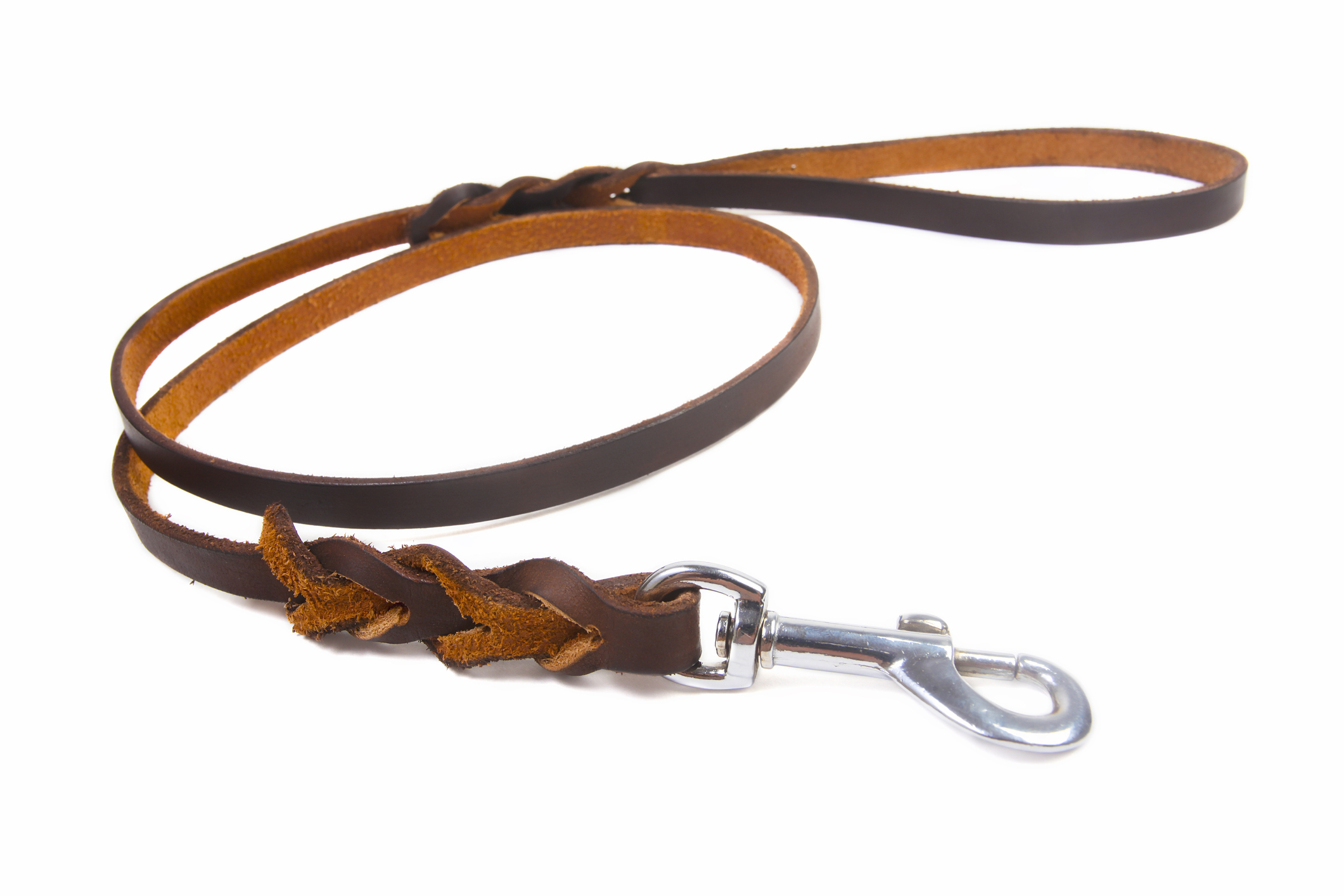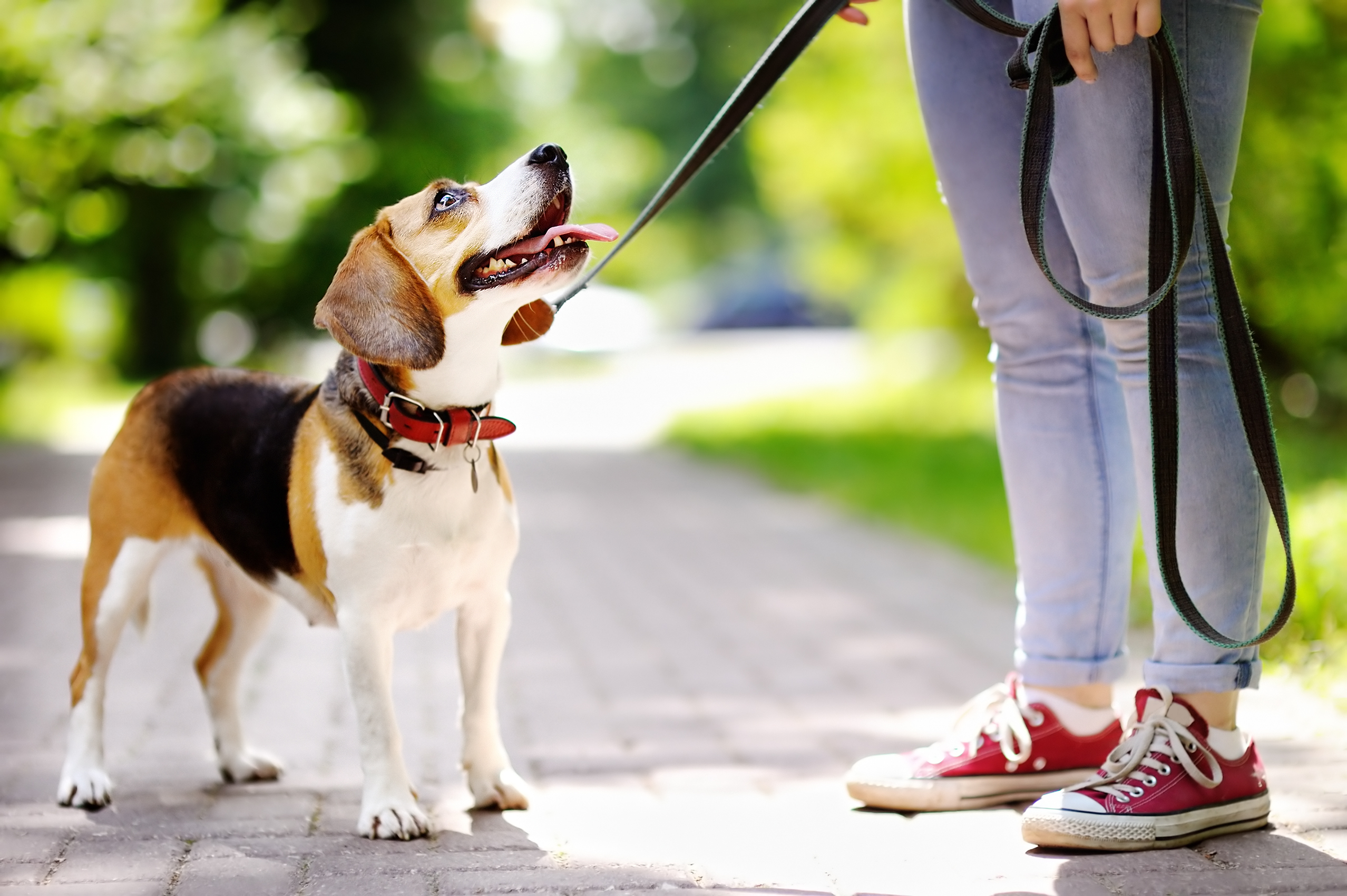
How to Choose the Best Dog Leash
Aside from food, few things are as important to buy for your dog as a leash. You’ll need to use a dog leash almost every day, whether you’re taking your pup for a walk around the neighborhood, running some errands around town or heading on a far-off adventure. Because your dog’s leash will require a lot of use, it’s important to choose the right one.
Contrary to popular belief, not all dog leashes are the same. It can be overwhelming standing in front of all your options at the pet store, and you’ll probably think, “How do I know which one is right?” Ultimately, the dog leash you pick should come down to a few factors about your dog and your lifestyle.
Here are some considerations to make about your dog’s next leash.
Length
Length is one of the most important factors to consider when selecting a dog leash. Some dogs behave better when kept on a short leash, so they don’t stray onto other people’s property, get too close to passing people and pets or venture out into traffic. Short leashes are generally ideal for walks in highly trafficked areas to maintain more control over your pooch. They’re also good for puppies or dogs who need to be trained to walk properly.
A longer leash is better for well-trained dogs who love to explore and can be trusted to stray further away. These are also better suited for areas like parks where there aren’t a lot of people, so your dog can roam and sniff to their heart’s content.
An adjustable leash might provide the best of both worlds, so you can make the leash shorter or longer depending on where you and your pup are. Opt for an adjustable leash (which has rings at varying intervals on the leash) instead of a retractable leash, since retractable leashes are known to incentivize leash pulling and pose numerous safety hazards.
Material

Typical dog leashes are made out of nylon material that’s solid or braided. This material is inexpensive and durable and can be found in a range of colors and patterns. Over time, these leashes can wear down, and you might need to buy a new one. They are also easier for your pup to chew through if they get their paws on it.
Some leashes are made of leather and are much more durable and long-lasting. Leather also becomes more comfortable to hold as you use it. However, they will require proper care to ensure their quality.
Some large dogs might benefit from a chain leash, which is not susceptible to breaking due to wear or dog teeth. These leashes are much heavier, though, so you’ll want to make sure you’re matching an appropriate chain weight to your dog’s size.
If you tend to walk your dog in the early morning or late in the evening when it’s dark, it might be a good idea to get a dog leash made of reflective material. This helps drivers spot your leash when illuminated by their headlights, so you and your pup are safe near the road. Most reflective leashes are made of nylon.
Clasp
The clasp that connects the leash to your dog’s collar or harness is also an important thing to consider. Most standard dog leashes will use a bolt snap clip, which uses a spring to pull back a bolt and locks the bolt in place after you hook it on. This clip is suitable for most average-sized dogs, but it may break over time as the spring wears down.
Other types of clasps, such as a trigger snap clip or a carabiner clasp, hold up better with stronger dogs and dogs who pull on their leashes. These are typically capable of withstanding more pressure, so there’s a reduced chance of them breaking if your pup lunges.
Prepare to get multiple leashes over time

Dog leashes don’t last forever, nor are they intended to. Your dog will probably need a number of different leashes over the course of their life. Puppies typically need progressively larger and longer leashes as they grow, and adult dogs might go through several leashes because of wear and tear.
You might even want to invest in multiple types of leashes for different activities, such as a short leash for city walking and a long leash for exploring. It’s always a good idea to have a spare in case one breaks, too.
Be sure to monitor your pup’s leash for signs of fraying or wear. If the leash looks weakened or worn, it’s best to replace it as soon as possible, just in case. The last thing you want is to take a walk with your dog, only to have the leash snap with one pull!
By paying attention to what type of leash you’re buying ahead of time, you can save yourself the stress of a broken or inappropriate leash and just enjoy your and your pup’s walks!


